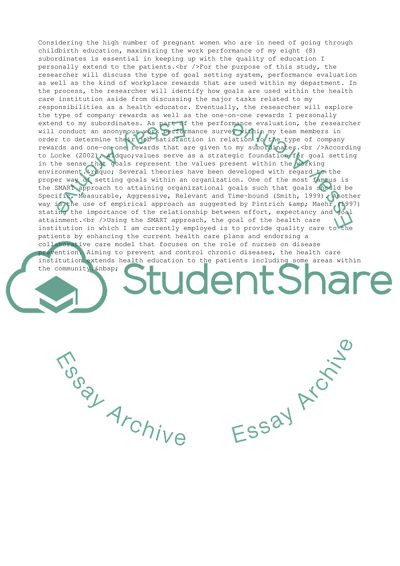Cite this document
(Job Redesign and Workplace Motivation Term Paper, n.d.)
Job Redesign and Workplace Motivation Term Paper. https://studentshare.org/management/1711375-job-redesign-and-workplace-motiviation
Job Redesign and Workplace Motivation Term Paper. https://studentshare.org/management/1711375-job-redesign-and-workplace-motiviation
(Job Redesign and Workplace Motivation Term Paper)
Job Redesign and Workplace Motivation Term Paper. https://studentshare.org/management/1711375-job-redesign-and-workplace-motiviation.
Job Redesign and Workplace Motivation Term Paper. https://studentshare.org/management/1711375-job-redesign-and-workplace-motiviation.
“Job Redesign and Workplace Motivation Term Paper”. https://studentshare.org/management/1711375-job-redesign-and-workplace-motiviation.


